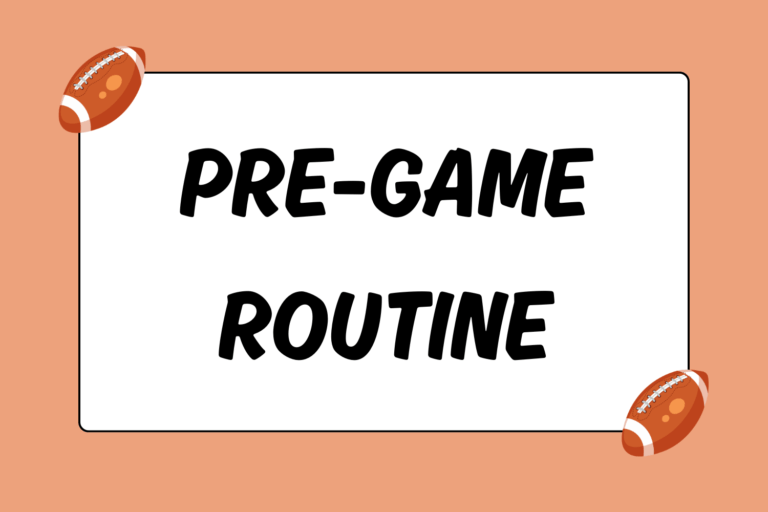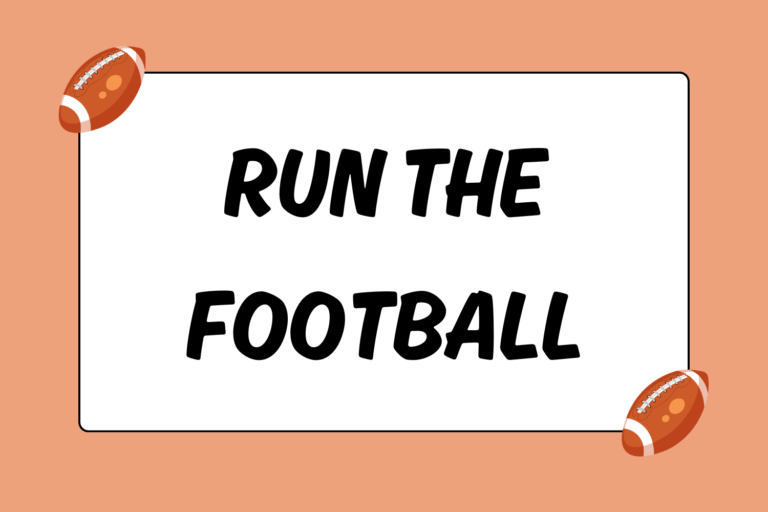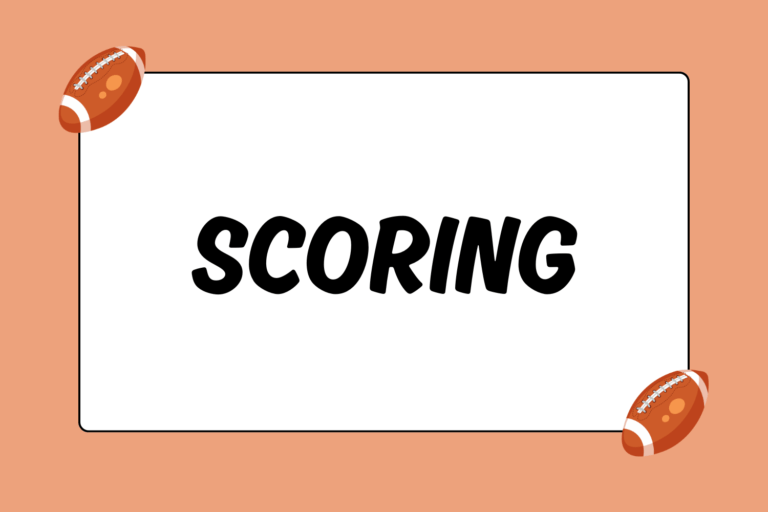When most people think of football equipment, they immediately visualize the shoulder pads or helmet, and with good reason: They are vitally important to the safety of the players wearing them. But while the helmet, shoulder pads and other pieces of safety gear provide ample protection, there is only one piece of equipment that affects a player’s ability to move around on the field. They regularly get trampled and stomped, covered in dirt and mud, and usually don’t smell very well. However, you’d be hard-pressed to find a player that would rather play without them.
The equipment in question is a pair of cleats. There are hundreds of different football cleat makes and models available for purchase. And although each brand would have you believe that theirs is the best, in reality, what makes a pair of cleats the best changes from one player to the next. Here are some things to keep in mind when evaluating a pair of cleats.
Cleat Variety
Aside from brands, colors, and designs, there are actually some structural differences between all the cleats available. Here’s a look at some of the more distinguishing characteristics of different kinds of cleats:
Type of Cleat
The term ‘cleat’ specifically refers to the different parts that stick out from the bottom (or sole) of the shoes. These parts are studs that provide the shoe with more traction. There are two different categories of cleat studs available for purchase: Molded and removable. The biggest difference between these two is implied in their respective names; molded cleats are actually part of the sole of the shoe, while removable cleats can be taken off the bottom of the shoe and replaced. Here’s a more in-depth look at each of the two stud types:
Molded:
These cleats use a sole that comes pre-fabricated with studs, so they’re actually part of the shoe. Most often, they’re made of rubber or hard plastic. The many designs of the molded soles vary by manufacturer and intended purpose. Some molded cleats are designed for outdoor use, while others are meant to be worn indoors. Some are made for both. They’re usually cheaper than cleats with removable studs, and aside from professional players who use them when playing on artificial turf surfaces, they are usually worn by younger players.
Removable:
These cleats have seven spots on the sole where replaceable studs are screwed in: Two in a line across the heel, four arranged around the ball of the foot, and one at the very front under the toes. The upside is that they can be modified for specific field conditions by replacing one set of studs for another. More expensive than most molded cleats, shoes with removable cleats are more versatile, and usually the more popular of the two varieties.
Both types of cleats have their respective best-case scenarios, though removable cleats are more popular with players who have been in the game a while. Younger players who will likely go through multiple pairs of cleats while their feet grow should stick with molded cleats, as the removable models are often the more expensive of the two options. However, most football organizations have strict rules determining which kinds of cleats are legal, usually regarding the length of the studs and the material from which they’re made. Be sure to check with your league’s regulations before making a purchase.
Style of Cleat
Even more important than the type of cleat is the style of the shoe itself. There are three main styles of cleat available, each of which provides a different kind of support.
Every cleat is made from a combination of different materials, though the most sought-after cleat material is leather. As a shoe material, leather lasts longer and provides greater comfort and flexibility. Cleats made from a greater amount of leather are more expensive, though they also last longer. Synthetic materials are cheaper, and therefore cleats made from them are less expensive than cleats made from leather, though synthetic materials also break down much faster than leather.
High-top:
As the name suggests, these cleats feature a much larger boot cut that covers almost the entire ankle. They provide ample amounts of ankle support, making it much easier to remain stable while making lateral movements. Somewhat shaped like a boot, this style of cleat is very popular among linemen, who benefit greatly from both added ankle support and lateral movement protection.
Mid-cut:
Though the tops of these cleats don’t come up as high as high-top cleats do, mid-cut cleats still provide a decent amount of ankle support. They also seek to provide a bit of all-around mobility for the player wearing them, balancing ankle support with freedom of movement. These kinds of cleats are the most popular and used by the greatest number/most types of players.
Low-cut:
These cleats look very similar to soccer or rugby cleats, and sit very low on the foot. Providing close to no additional ankle support, low-cut cleats are most often worn by players for whom speed and mobility are absolutely crucial, such as defensive backs and wide receivers. This type of cleat is also the lightest, weighing the foot down less and helping players stay mobile.
There’s a good reason why mid-cut cleats are the most popular: They provide both ankle support and mobility. However, should a player require more of one than the other, the high-top and low-cut styles would be the way to go.
The Right Shoe for You
More important than brand, style, type or color is comfort. Your feet are working overtime when you play football, which means that if they’re not happy, you’re not happy. You could wear the most expensive, flashiest cleats available in stores. However, if all that those cleats do is give you blisters and make you walk with a limp, you’ll have the nicest shoes of any player on the bench. Find the cleats that work best for you, and you’ll have picked the right pair.





